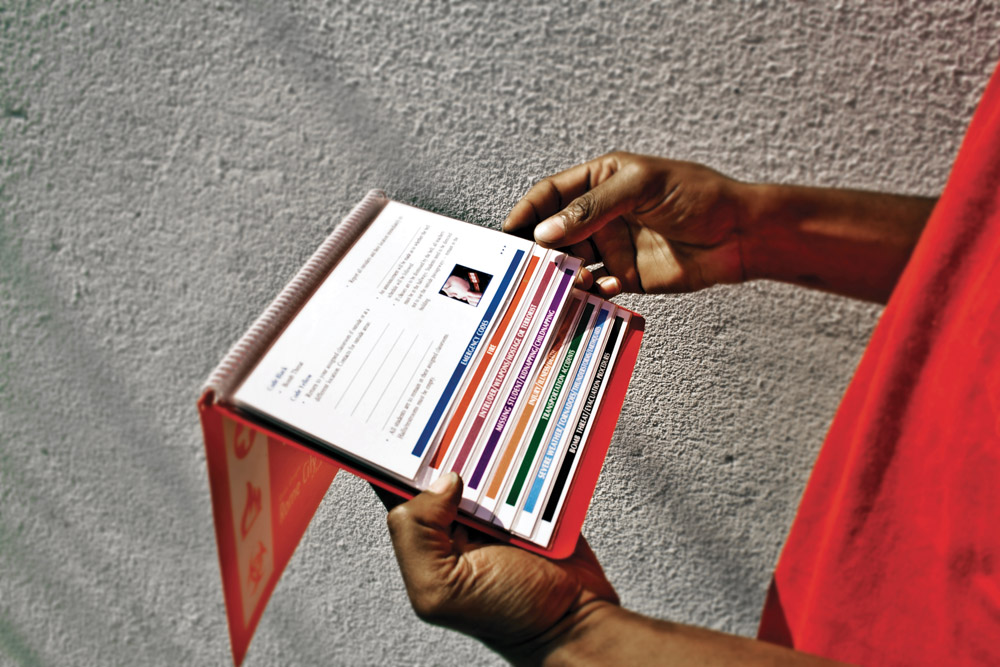Back to School
School districts around the country will be welcoming students back to classes. For most children it will seem like a fresh start, with new clothes, lockers and teachers. A new beginning can also mean an opportunity to start things off right; that should especially include emergency planning.
Back to school time is the perfect time to review the changing dynamics of a schools environment. New faces of staff, students and parents could mean a change in threat potential within the school’s population. Reviewing emergency procedures can help ensure they meet the needs of the school’s current situation.
Identify Risks
Last year’s school shooting at Reynolds High School in Oregon shows how important it is that schools are prepared to deal with new and emerging types of threats. Regular risk assessments help to identify new potential hazards and ways to mitigate them. Such assessments can also ensure resources are being directed effectively.
Create/Edit Emergency Plans
You can’t know if your emergency procedures are adequate unless you take the time to do a thorough review. A decision may be reached to keep the plan the same, edit it to address the current risks, or end a plan. Whether changes are made or not everything should be well documented, as you may have to defend your action later. This would be especially true when ending coverage of any potential threat.
Practice Life-Saving Steps
Everyone in an emergency has a role to play, which begins with keeping themselves safe. Thus, a school should be training all of its personnel in basic life-saving steps. This can be done in several, free-to-inexpensive ways. Scenario training is a simple, research-based and effective way to test an individual’s capabilities to make life-saving decisions in the first thirty seconds of a crisis. This can be as involved as the use of a training DVD series like Safe Topics, or as simple as thinking of a scenario, then asking a staff member, “What would you do?” Safe Havens has created The Window of Life to help guide people through these life-saving steps.
Practice Your Plans
Once you have developed a plan, you should find out whether it works or not BEFORE you have to use it. You do this by conducting exercises. These can be very involved, but they don’t have to be. Identify the plan you want to test, and think of a simple, realistic scenario that requires using the plan. Gather all the stakeholders; first responders, staff, parents, etc., and talk through what it would like like to implement the plan. This low-intensity process can reveal the plan’s strengths and weaknesses, and can serve as the basis for amending the plan.
Back to school time is an exciting time of the year. However, don’t let the excitement make you forget to review your safety plans. Identify your risks, create or edit your plans, make sure your people know their life-saving steps, and practice your plans. This will help make sure everyone is around to enjoy the next back to school time.
